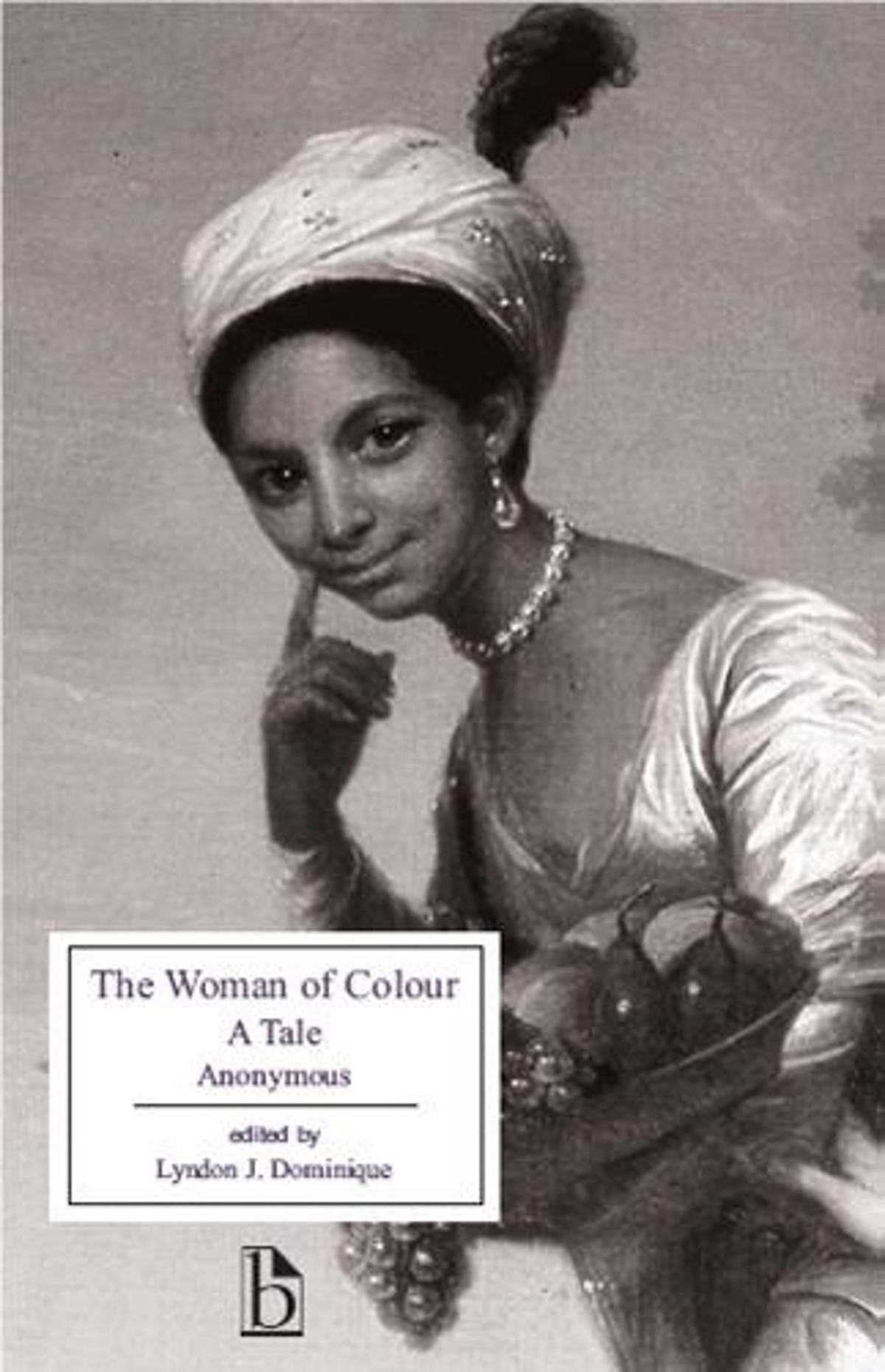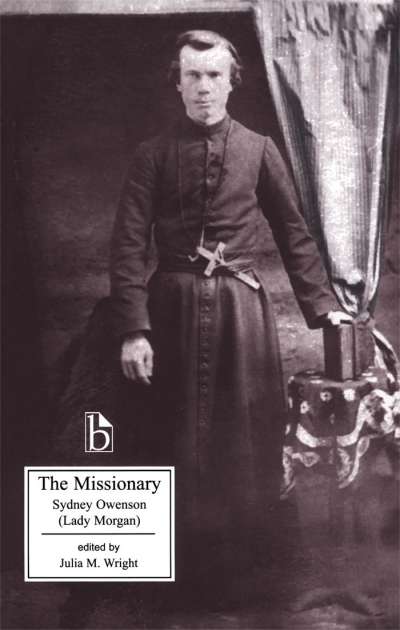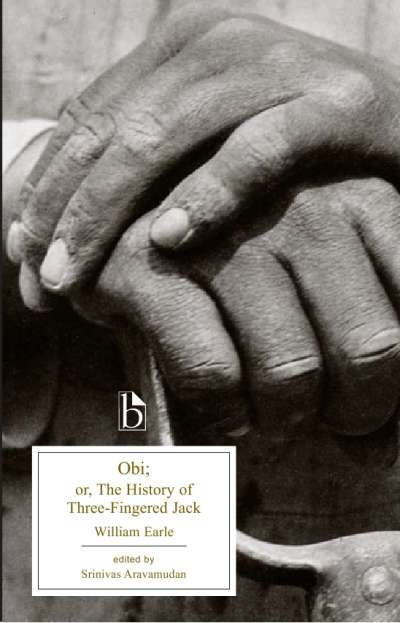
The Woman of Colour is a unique literary account of a black heiress’ life immediately after the abolition of the British slave trade. Olivia Fairfield, the biracial heroine and orphaned daughter of a slaveholder, must travel from Jamaica to England, and as a condition of her father’s will either marry her Caucasian first cousin or become dependent on his mercenary elder brother and sister-in-law. As Olivia decides between these two conflicting possibilities, her letters recount her impressions of Britain and its inhabitants as only a black woman could record them. She gives scathing descriptions of London, Bristol, and the British, as well as progressive critiques of race, racism, and slavery. The narrative follows her life from the heights of her arranged marriage to its swift descent into annulment and destitution, only to culminate in her resurrection as a self-proclaimed “widow” who flouts the conventional marriage plot.
The appendices, which include contemporary reviews of the novel, historical documents on race and inheritance in Jamaica, and examples of other women of colour in early British prose fiction, will further inspire readers to rethink issues of race, gender, class, and empire from an African woman’s perspective.
Comments
“This exemplary edition of The Woman of Colour, with its abundant historical context, explores vital interconnections of race, gender, and class. Its rich contribution to the debate about cultural identity and colonial power marks it as a classic.” — Moira Ferguson, University of Missouri Kansas City
“Women of colour in eighteenth-century literature have become a ‘spectral presence,’ pushed into the invisibility of darkness, their voices unread or ignored. Now what has been in darkness is restored to light, as Olivia Fairfield can be heard anew. Born in Jamaica into a society in which one of her parents had enslaved the other, she is forced by law and custom to travel to the heart of colonial darkness in England itself. In a manner ‘polite yet aggressive,’ she makes her voice heard.” — Lise Winer, McGill University











